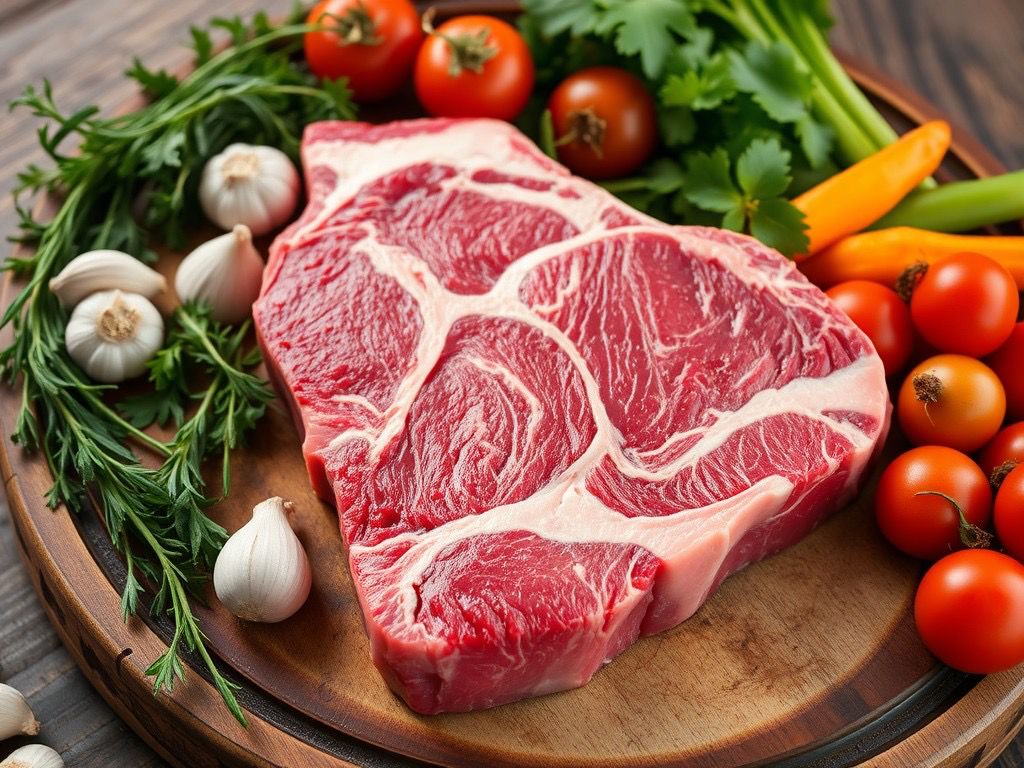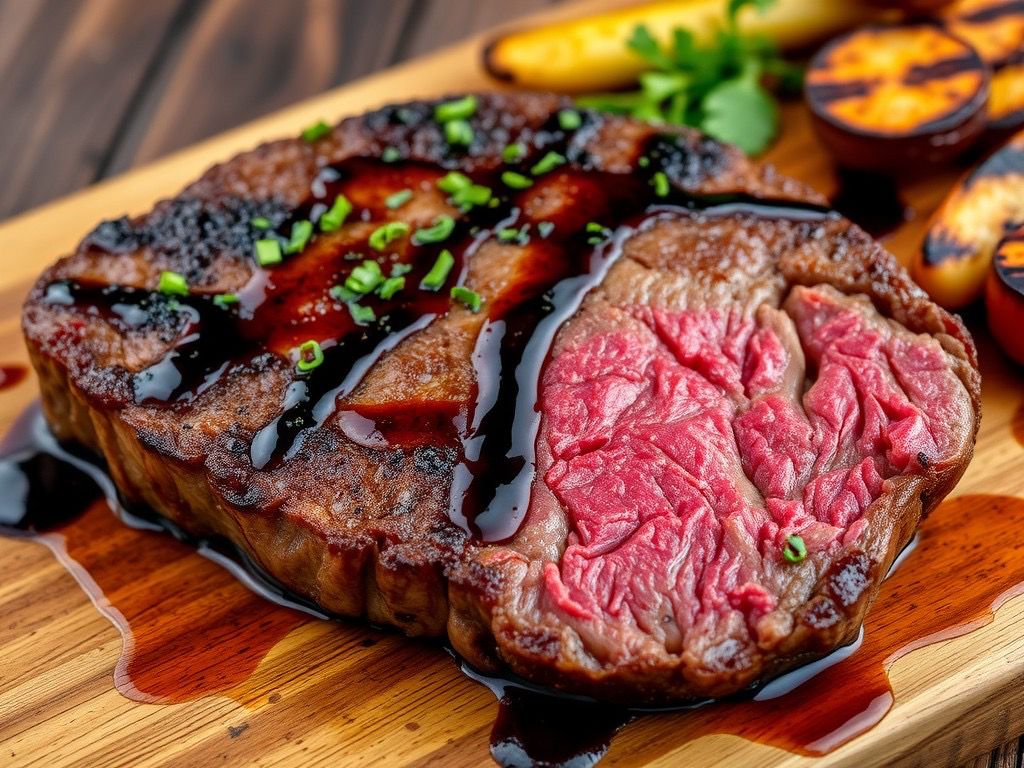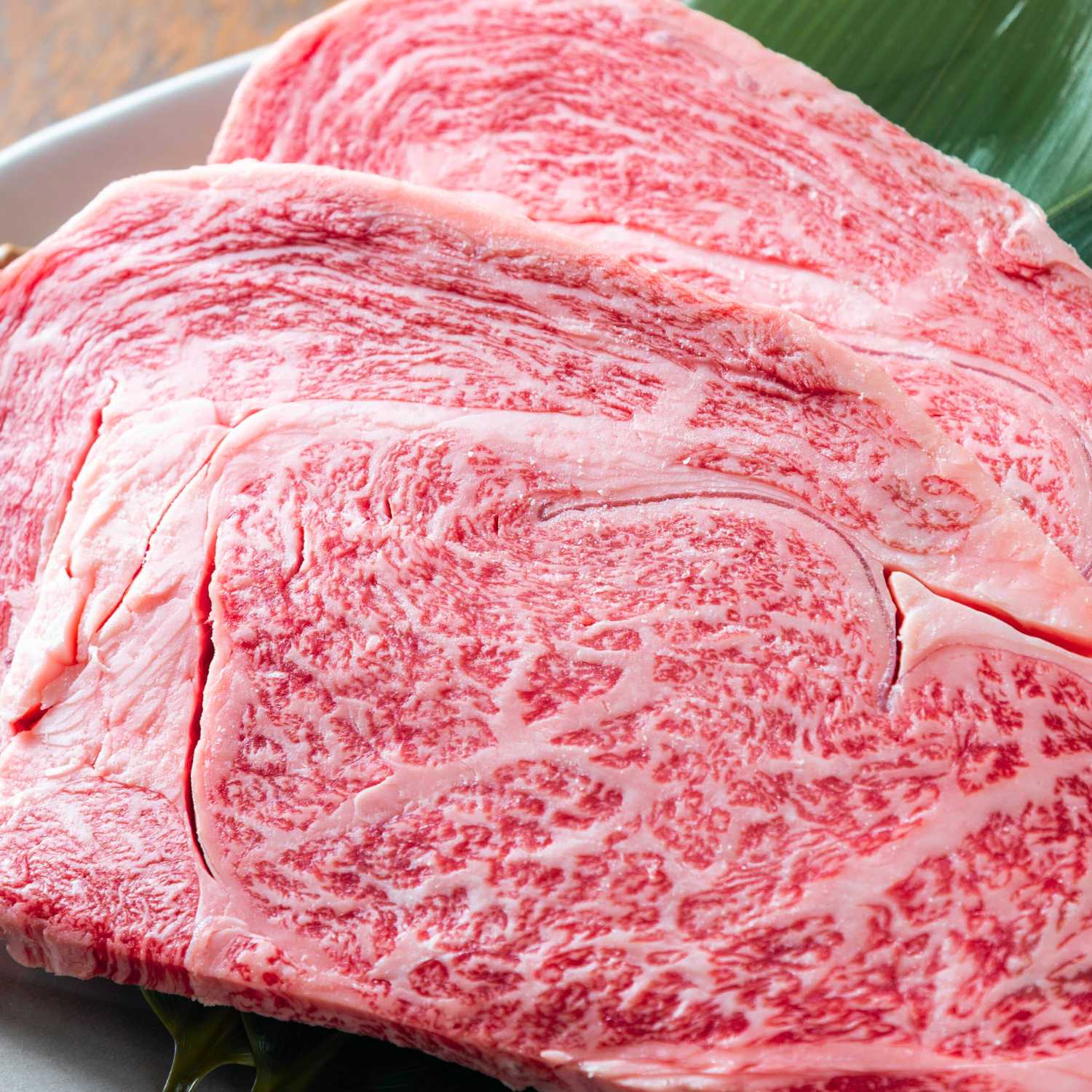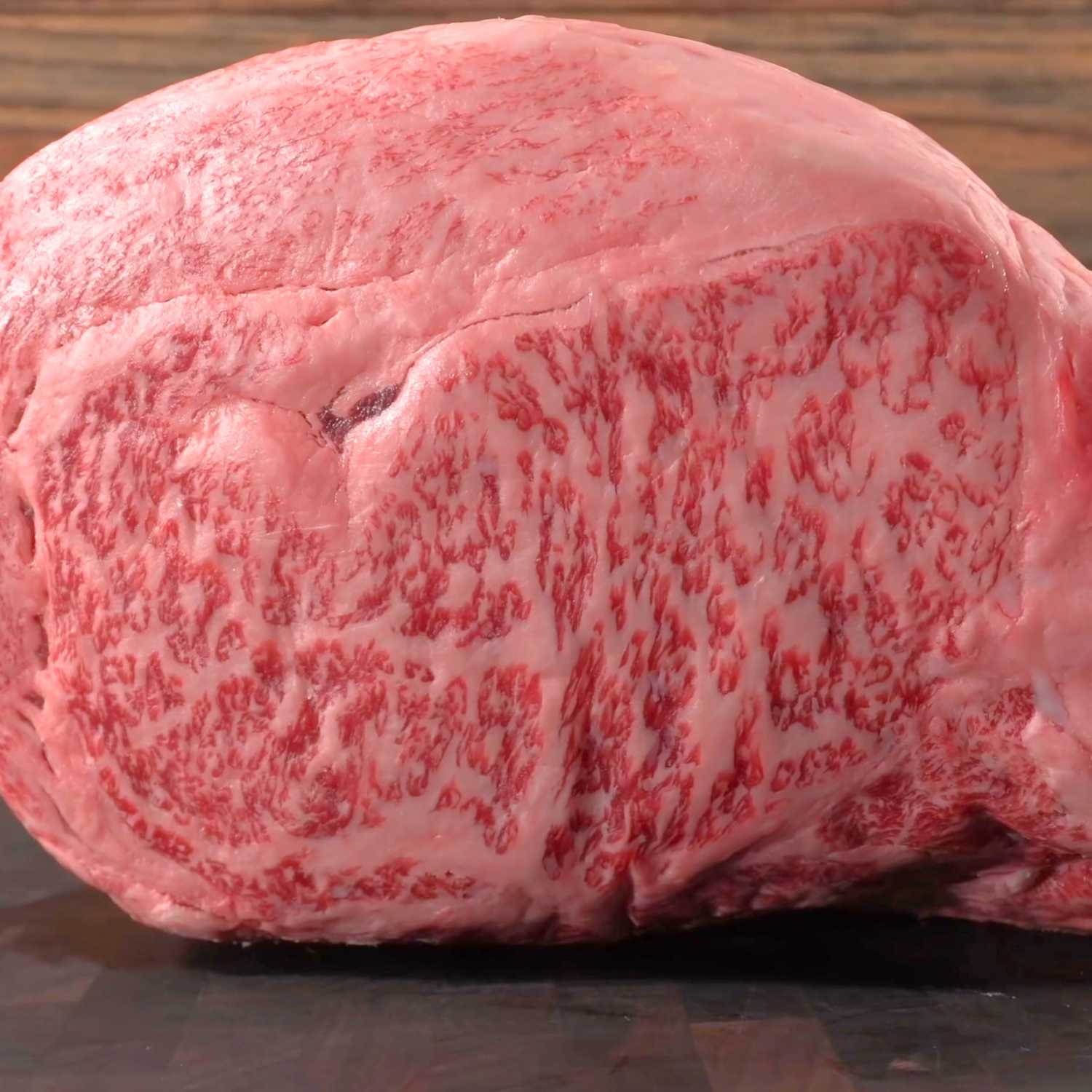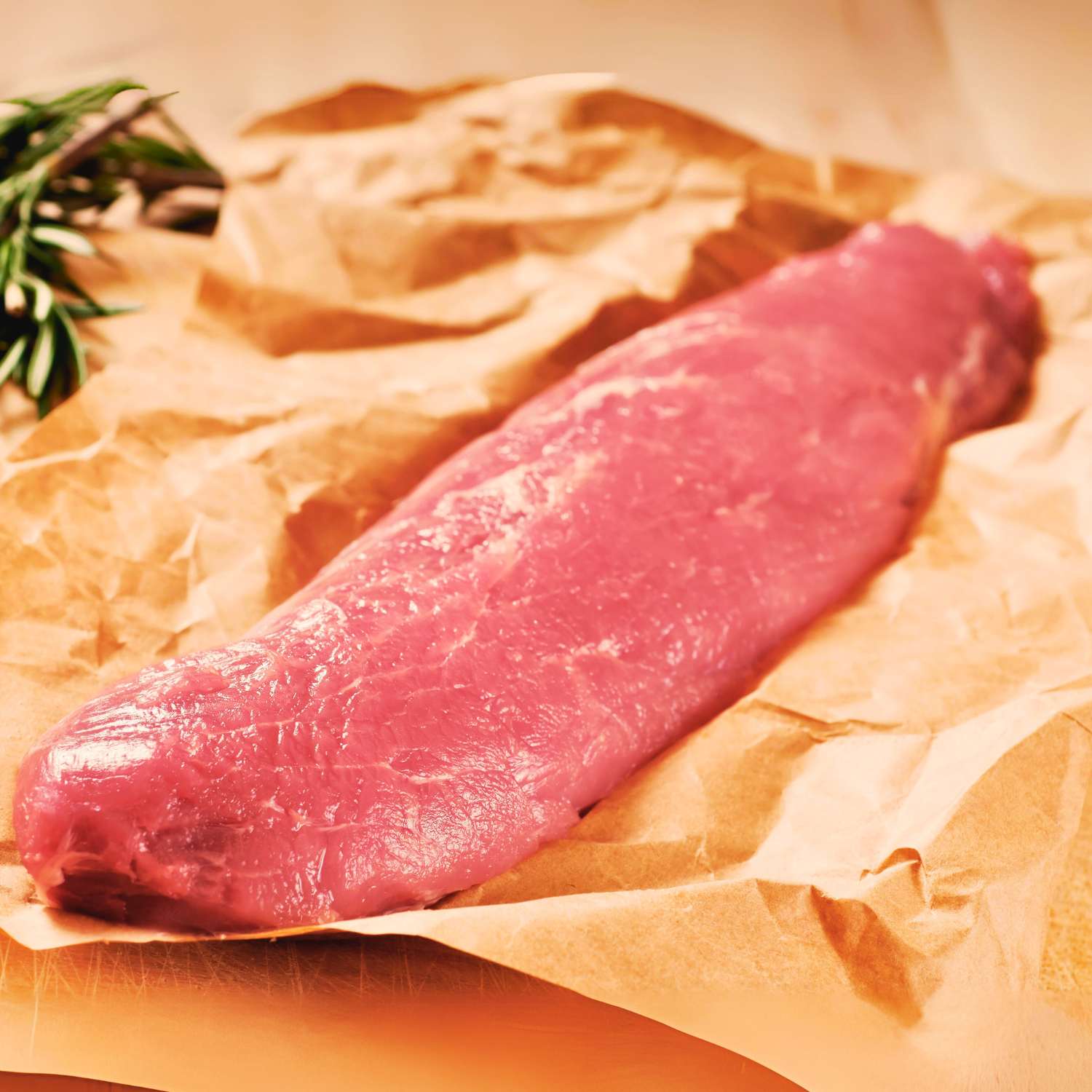Selecting the Best Cuts of Beef for Grilling
Understanding Beef Cuts
To grill the perfect steak, you must know your beef. There are many cuts of beef, each with a unique taste and texture. The most popular are filet mignon, ribeye, and sirloin. Filet mignon is tender and lean. Ribeye is rich and juicy. Sirloin offers a good balance of flavor. Each part suits different grilling styles and times. Choose a cut that matches your grill plan.

Factors Affecting Beef Quality
The quality of beef for grilling is vital for a delicious meal. Several factors determine the meat's quality. First, consider the beef's grade. USDA grades like Prime, Choice, or Select can guide you. Marbling, the fat within the muscle, is also key. More marbling means juicier, flavorful beef. The beef's age affects tenderness. Younger beef is generally more tender. Next, look at the color. Bright red hues are a sign of freshness. Pay attention to the cut's thickness. Even thickness ensures consistent cooking. Finally, handling and storage history are crucial. Proper storage ensures the beef maintains its quality. Always choose high-quality beef for the best grilling results.
Recommended Cuts for Grilling
- Ribeye: A top choice for its marbling that melts and flavors the meat.
- Sirloin: Lean, versatile, and more affordable, perfect for kebabs.
- Tenderloin: Known for its tenderness and suited for quick grilling.
- T-bone: Offers two kinds of meat in one, both filet and New York strip.
- Flank Steak: Great for marinating and cooking quickly over high heat.
Choosing the right cut can make your grilling a big hit. Look for these options for a great meal.
Mastering the Grill: Equipment and Setup
Types of Outdoor Grills
Grilling is an art, and the grill is the painter's canvas. Selecting the right type of outdoor grill can make a big difference in your cooking results. Here are the most common types of grills you'll encounter:
- Charcoal Grills: Ideal for strong smoke flavor, perfect for a classic BBQ taste.
- Gas Grills: Convenient for quick and easy cooking with precise temperature control.
- Electric Grills: Best for indoor use or where open flames are restricted. They offer easy cleanup.
- Portable Grills: Good for camping or tailgating, these grills bring the BBQ to any outdoor event.
- Smoker Grills: For slow-cooking meat to perfection with rich smoky flavor.
- Kamado Grills: Ceramic grills that provide excellent heat retention for even cooking.
- Pellet Grills: Combine the ease of an electric grill with the flavor benefits of a smoker.
Choosing the right one depends on your personal preferences, space, and the types of beef dishes you're planning to grill.
Grill Preparation and Safety Tips
- Always inspect your grill before use, checking for any signs of wear or damage.
- Clean the grill grates with a brush to remove old food residue and prevent sticking.
- Check and refill the propane tank for gas grills, or ensure a sufficient supply of charcoal.
- Position the grill on a level surface away from flammable structures and overhanging branches.
- Keep a fire extinguisher or baking soda nearby to handle potential grease fires quickly.
- Use long-handled tools and heat-resistant gloves for safe handling of food and hot surfaces.
- Never leave the grill unattended while in use to avoid accidents.
- After grilling, turn off burners and close the propane valve, or extinguish charcoal safely.
Controlling the Heat for Optimal Cooking
Managing heat is key to perfect grilling. You have two heat zones, direct and indirect. For direct heat, place beef over the flame. This is good for searing. Indirect heat is away from the flame. It cooks beef evenly. Start on direct heat, then move to indirect. This gives a nice crust and a juicy inside. Control flare-ups too. They burn beef. Keep a squirt bottle of water handy for this. Check the grill's temperature with a thermometer. Aim for 225-250°F for slow cooking, 300-400°F for medium cooks, and 450-550°F for high heat cooking. Every grill is different. Learn your grill's ways to control heat.
The Art of Grilling Beef with Alcohol Infusions
Choosing the Right Alcohol for Marination
For tender, tasty beef, the right alcohol can do wonders. Think of marination as a flavor dance. The goal is to pick a partner that complements the beef well. Wine, beer, and whisky are top picks. Red wine brings out deep, rich tones – best for hearty steaks. White wine offers a lighter touch for delicate cuts. Beer tenderizes the meat with its bubbles and adds a malty taste. Whisky infuses smokey undertones, great for a bold grill. Choose based on the beef cut and your taste buds!
Flavor Profiles: Marinating Beef in Different Alcohols
- Red wine: This gives a rich, deep flavor. It pairs well with steaks.
- Beer: Beer tenderizes the beef, adding a malty taste. It's great for brisket.
- Bourbon: A sweet, smokey kick perfect for ribs.
- Whiskey: Offers a bold woodsy note, ideal for beefy roasts.
- Tequila: Adds a zesty twist. It's a hit with flank steak.
- Rum: It brings out a slightly sweet, caramel-like taste, complementing darker meats.
Grilling Techniques for Alcohol-Infused Beef
- Start with a clean grill to ensure pure flavors.
- Use indirect heat to avoid flare-ups from the alcohol.
- Sear over high heat, then move to a cooler part to cook through.
- Brush the meat with alcohol-infused sauces while grilling.
- Let the beef rest after grilling to absorb the flavors.
- Avoid over-marination to keep the beef's texture.
- Pair the alcohol type with the beef cut for a balanced taste.









